Managing high blood pressure often requires more than just one medication. For patients who don’t get enough control with a single drug, a combination like Amlodipine, Hydrochlorothiazide, and Olmesartan offers a proven, effective approach. This triple therapy targets blood pressure through different mechanisms, helping improve results and reduce long-term cardiovascular risks.
What’s in This Combination?
Each of the three medications works differently, yet they provide a stronger effect than one drug alone.
1. Amlodipine
- Class: Calcium Channel Blocker (CCB)
- How it works: Relaxes blood vessels by blocking calcium entry into muscle cells, which reduces resistance and lowers blood pressure.
2. Hydrochlorothiazide (HCTZ)
- Class: Thiazide Diuretic
- How it works: It helps the body eliminate excess sodium and water, reduces blood volume, and eases pressure on blood vessels.
3. Olmesartan
- Class: Angiotensin II Receptor Blocker (ARB)
- How it works: Prevents the hormone angiotensin II from tightening blood vessels, promoting vasodilation and improved blood flow.
Who Is This Combination For?
- A single blood pressure medication isn’t enough
- Patients have other health conditions like diabetes, chronic kidney disease, or heart problems
- Long-term blood pressure control is the goal
Dosage and Formulations
Your doctor will decide the exact dose depending on your blood pressure levels, overall health, and how well you tolerate the medication.
Typical fixed-dose combinations include:
- Amlodipine 5 or 10 mg
- Olmesartan 20 or 40 mg
- HCTZ 12.5 or 25 mg
Usually taken once daily, with or without food.
Benefits of the Combination
- Better control: Three mechanisms of action provide stronger blood pressure reduction
- Simplified treatment: One pill is easier to manage than multiple medications
- Fewer side effects: Lower individual doses may reduce the risk of side effects
Common Side Effects
- Dizziness or lightheadedness (especially with the first few doses)
- Swelling in the legs or feet (due to amlodipine)
- Fatigue or mild headache
- Electrolyte imbalances (low potassium/sodium from HCTZ)
Rare but Serious Risks
- Kidney issues — especially in patients with existing kidney disease
- High potassium levels (hyperkalemia) — mainly due to olmesartan
- Allergic reactions — such as angioedema (swelling of face, lips, or throat)
Important Precautions
- Kidney function: Regular tests are needed, especially in those with existing kidney issues
- Electrolytes: Monitor potassium, sodium, and calcium regularly
- Pregnancy: Not safe — ARBs like olmesartan can harm an unborn baby
- Hydration: Dehydrated individuals may experience a drop in blood pressure or electrolyte issues
Drug Interactions to Watch For
- NSAIDs (e.g., ibuprofen): May reduce the effect and strain the kidneys
- Potassium supplements: Can increase the risk of high potassium
- Lithium: HCTZ can increase lithium levels, causing toxicity
- Other blood pressure meds: May lead to excessively low blood pressure
Monitoring and Follow-Up
- Regular blood pressure checks
- Routine blood tests for kidney function and electrolytes
- Follow-up visits to adjust doses and evaluate response
Conclusion
Amlodipine, Hydrochlorothiazide, and Olmesartan offer a powerful, effective way to manage high blood pressure when simpler treatments aren’t enough. This triple-combination approach helps patients reach target levels, lowers cardiovascular risk, and improves long-term health, but it does require careful monitoring and medical supervision.
Always take this medication exactly as prescribed and follow up regularly with your healthcare provider.









